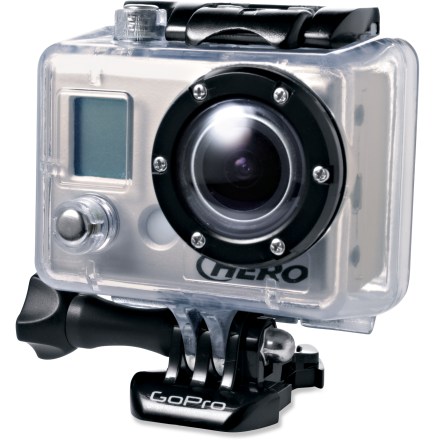After learning about StudyBlue.com, I immediately went into action. I knew that I had found something worth sharing to my students; however, I also knew that this would be a fairly large risk if I honestly expected every student to be apart of this learning process. Because it was late in the year, I had to develop a simple system that did not intimidate my students but instead gave them an alternative learning style that felt and appeared natural. The following is a general overview of how I introduced StudyBlue with the end in mind:
How to introduce technology into the classroom:
- Do the research! Before I ever introduced StudyBlue to my students, I had a sound understanding of who the company was and what they represented. Just as important, I knew how to complete many of the common tasks that all of my students were going to ask assistance with. For example: How do I enroll into your class, Mr. Rothrock? How do I create a flashcard? Can we share resources?
- Have a plan! Because I only had the last 9 weeks to really get students engaged, I decided that I would introduce StudyBlue as a mini-project (my plan). I knew that if I left the integration process as optional, as many as half the students may not have participated; therefore, involvement was mandatory and feedback would be part of the assignment. I really had to know whether or not this would be something I wanted to continue in years to come.
- Communicate! Elementary sounding, but my students needed to know exactly what I was thinking and more importantly my expectation of them. I was willing to communicate as much information as I could afford. Everything was out on the table. When things went wrong (and they did), I wasn’t afraid to admit a mistake. Ultimately, my vulnerability paid off and gave me credibility.
- Stay consistent! Once the mini-project was introduced, I had a routine check that was completed on a weekly basis. I also brought it up in causal conversation just to remind them of my expectations, which I feel ultimately helped them participate in the overall project. They knew that every week I would be checking for their production.
- Find the value! We all do this last one. We invest in the things that we see value in. My students weren’t any different. I had to sell the value in their education. StudyBlue offered me an alternative learning method through technology. I wanted my students (even the ones who hate technology) to see that value. In doing so, I shared with them how they could search for other topics outside of my math class and integrate their findings into their own flashcards. I showed them how to jigsaw a chapter using 4-5 students so that not everyone was re-creating the wheel and then share those resources to each other. And lastly, I showed them how consistent studying using their flashcards helped them perform at a higher level on a mock exam.
Daniel Rothrock

Disclosure: Daniel is a user and Teacher Advocate for StudyBlue.









